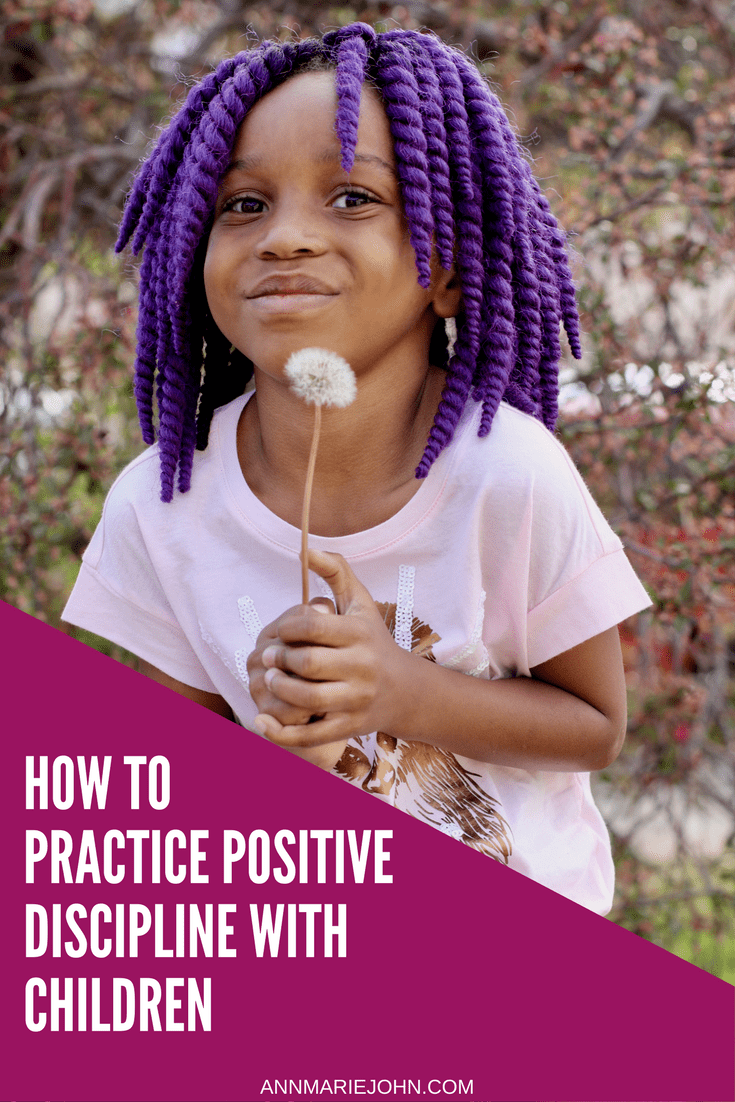We share ways you can practice positive discipline in children.
You often hear the famous words, “well back in my day”, from your elders. This is a common statement that is made by our elders as a means to explain that you are doing something wrong or that they can’t understand why you parent in such a way. Back in the days of our elders, you were hit with a belt, spanked, and sent to bed without dinner. We no longer live in those days, parenting has grown, and children have changed. There’s a new method in town, and it’s called positive discipline.

What is Positive Discipline?
The basics are that positive discipline involves respect, understanding, and a reward of love for good behavior. One could further this with the fact that positive discipline doesn’t give attention to the bad behavior of children as a means to encourage good behavior.
Positive Discipline Techniques
Change your Mindset
Know that there are no bad kids, just bad behavior. Sure it may be easy to get caught up in the emotional side of parenting when your child is throwing a tantrum, or did something you know they knew better than to do. With that being said, regardless of how emotional you feel in this moment, remember that it’s the behavior you are angry at, not the child.
Focus on the Trigger
When you start to focus on the triggers that make your child do what you consider bad things, you can start teaching them to be more self-aware. Perhaps your child is acting out because they are hungry or tired, start working with your child to communicate how they can make a better decision next time, such as getting more sleep the night before or having healthy fulfilling snacks in between meals.
Discuss a Solution
Even if your child isn’t of speaking age yet there’s nothing wrong with discussing or chatting about a solution to the bad behavior. This helps teach your child and you to focus on how to resolve this bad behavior without paying much attention on the behavior itself. When you discuss and focus on a solution you are subconsciously teaching your child to have a more positive attitude that will go a long way in their lives.
Be Firm, yet Kind
The key to positive discipline with children is to learn to approach all bad behaviors with a level of firmness, yet kindness. Just because you are finding a place of empathy and understanding doesn’t mean you are condoning their behavior, rather you are teaching them that they are still loved even when they make bad decisions. You are also teaching them that there are consequences for bad behavior, regardless of the ability to understand the why behind the behavior.
Turn Bad Behavior into a Lesson
Let’s face it, even adults have bad behavior from time to time, and we learn from those mistakes (sometimes). It’s not that farfetched to teach children the same concept by turning their bad behavior into a life lesson. Sure, you will have to remain firm yet kind with a consequence and discuss a solution, but go further with this and have your child talk to you about why they made the decision, and have them think about ways they can try harder next time.
Ultimately Children Just Want Connection …
Children are born with this innate desire to connect with other human beings. Parents are the first humans they come into contact with, which makes parents the predominate example they look up to. There will always be bad behavior from children and adults alike, but you can work to implement positive discipline as a means to get your child on track with having the desire to make good decisions.